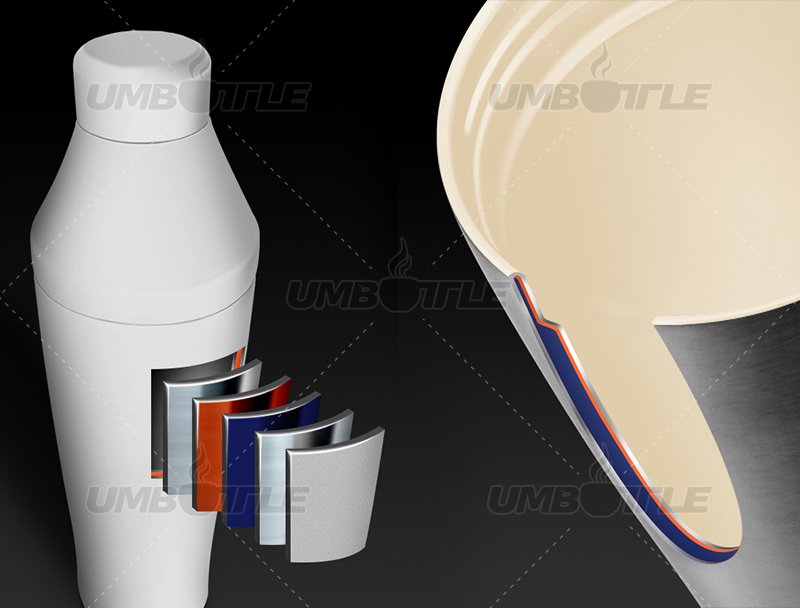Comprehensive Analysis of Factors Affecting the Thermal Insulation Performance of Stainless Steel Vacuum Flasks (Production Process Edition)
There are stories in every cup, and warmth in every life. Hello everyone, "Dong Dong's Cup Talk" is here. Many consumers, as well as industry peers—including those with years of experience—are curious about the factors that affect the thermal insulation performance of vacuum flasks. This is a multifaceted issue. http://www.umbottle.com/ProductsDetail-VB-10525.htmlToday, I’ll take some time to explain what exactly influences the insulation performance of stainless steel vacuum flasks, how to choose a highly insulated flask, and how to produce flasks with long-lasting and superior thermal insulation.
As someone who has been deeply involved in the stainless steel vacuum flask industry for many, many years, I’ve witnessed the entire process from raw material processing to the end-user. http://www.umbottle.com/ProductsDetail-VB-10525.htmlI also understand that thermal insulation performance is a key competitive factor. I’ll systematically analyze the factors affecting insulation performance from five dimensions: production process control, product structural design, material selection, logistics and storage management, and usage scenarios and environment. I’ll also propose solutions to industry pain points.
As always, if you enjoy my content, please give it a thumbs-up. Only with more likes can this information reach a wider audience. http://www.umbottle.com/ProductsDetail-VB-10525.htmlIf you’ve already seen multiple posts from me, be sure to follow so you won’t miss any future updates. Since I have a lot to share, I’ll cover these five dimensions separately.
1. Production Process Control: The Foundational Logic Behind Thermal Insulation Performance
Precision in Vacuum Layer Technology
- Welding Sealing Integrity: The uniformity of vacuum layer welds directly impacts airtightness. For example, the penetration depth of laser welding must be controlled within 0.6–1.0 mm. Insufficient depth may lead to air leakage, http://www.umbottle.com/ProductsDetail-VB-10525.htmlwhile excessive depth can cause localized stress concentration, potentially leading to cracks over time.
- Vacuum Level: The vacuum degree must reach ≤5×10⁻³ Pa (high-standard products require ≤1×10⁻³ Pa). http://www.umbottle.com/ProductsDetail-VB-10525.htmlExcessive residual gas molecules can transfer heat through collisions, reducing insulation efficiency.
- Copper Plating Process: Some high-end products feature a copper-plated inner wall (approximately 0.05–0.1 μm thick) in the vacuum layer. http://www.umbottle.com/ProductsDetail-VB-10525.htmlThe reflective properties of copper minimize heat loss through radiation, improving insulation efficiency by 8%–12%.
Sealing Compatibility Between the Mouth and Lid
- The flatness of the flask mouth must be controlled within ±0.02 mm, and the compression of the silicone gasket (typically 20%–30% of its original thickness) must be precisely matched. http://www.umbottle.com/ProductsDetail-VB-10525.htmlFor example, flip-top designs require a sealing pressure of ≥3 N/cm², while screw-top designs need ≥5 N/cm². Otherwise, micro-gaps may form, leading to convective heat loss.

There are stories in the cup, and life has warmth. Choose a good factory to sell good water cups. We provide global OEM services for patented products and provide global OEM services with professional teams and high quality standards. Dongguan Zhan Yi Commodity Technology Co.,Ltd. specializes in high-quality cup and kettle products. We are willing to serve you wholeheartedly.